Solar cell (module) production process The component line is also called
the packaging line. Packaging is a key step in the production of solar cells.
Without a good packaging process, no matter how good the battery is, it will not
be able to produce good component boards. The packaging of the battery not only
ensures the life of the battery, but also enhances the battery's resistance
strength. The high quality and long life of the product are the keys to winning
customer satisfaction, so the packaging quality of the component board is very
important.
process:
1. Battery inspection - 2. Front welding - inspection - 3. Back series
connection - inspection - 4. Laying (glass cleaning, material cutting, glass
pretreatment, laying) - 5. Lamination - 6. Deburring ( Edge removal, cleaning) -
7. Frame installation (gluing, corner key installation, punching, framing,
scrubbing residual glue) - 8. Welding junction box - 9. High voltage test - 10.
Component test - appearance Inspection - 11. Packaging and warehousing
components with high efficiency and long service life
How to guarantee:
1. High conversion efficiency, high quality battery cells;
2. High-quality raw materials, such as: EVA with high cross-linking degree,
encapsulant with high bonding strength (neutral silicone resin glue), tempered
glass with high light transmittance and high strength, etc.;
3. Reasonable packaging technology
4. Rigorous work style of employees; since solar cells are high-tech
products, some details in the production process, and some inconspicuous
problems such as wearing gloves but not wearing them, applying reagents evenly
but not finishing in a sloppy manner, etc., will affect the quality of the
product. the enemy, so in addition to formulating a reasonable production
process, the seriousness and rigor of employees are very important.
Introduction to solar cell assembly process: Process introduction: Here we
only briefly introduce the function of the process.
To give you a perceptual understanding.
1. Battery test: Due to the randomness of the production conditions of
battery cells, the performance of the batteries produced is not the same.
Therefore, in order to effectively combine batteries with consistent or similar
performance, they should be classified according to their performance
parameters; battery testing is Classify batteries by testing their output
parameters (current and voltage). In order to improve the utilization rate of
batteries and make battery components with qualified quality.
2. Frontal welding: The bus strip is welded to the main grid line on the
front side of the battery (negative electrode). The bus strip is a tinned copper
strip. The welding machine we use can spot weld the strip to the main grid in a
multi-point manner. on-line. The heat source used for welding is an infrared
lamp (using the thermal effect of infrared rays). The length of the welding
ribbon is approximately twice the side length of the battery. The extra
soldering ribbon is connected to the back electrode of the subsequent battery
piece during back welding.
3. Backside series connection: Backside welding is to connect 36 cells in
series to form a component string. The process we currently use is manual. The
positioning of the battery mainly relies on a membrane plate with 36 recesses
for placing the battery cells. The size of the slot corresponds to the size of
the battery. The position of the slot has been designed. Different templates are
used for components of different specifications. The operator uses a soldering
iron and solder wire to solder the front electrode (negative electrode) of the
"front battery" to the " On the back electrode (positive electrode) of the "back
battery", connect 36 pieces together in series and weld leads to the positive
and negative electrodes of the component string.
4. Laminated laying: After the back side is connected in series and passed
the inspection, the component strings, glass, cut EVA, fiberglass, and backboard
are laid according to certain levels and prepared for lamination. The glass is
pre-coated with a layer of primer to increase the bonding strength between glass
and EVA. When laying, ensure the relative position of the battery string and
glass and other materials, and adjust the distance between batteries to lay a
solid foundation for lamination. (Laying level: from bottom to top: glass, EVA,
battery, EVA, fiberglass, backplane).
5. Component lamination: Put the laid battery into the laminator, vacuum
out the air in the component, then heat to melt the EVA and bond the battery,
glass and backplate together; finally cool and remove the component. The
lamination process is a key step in component production. The lamination
temperature and lamination time are determined by the properties of EVA. When we
use fast-cure EVA, the lamination cycle time is about 25 minutes. The curing
temperature is 150°C.
6. Trimming: During lamination, the EVA melts and solidifies outward due to
pressure to form burrs, so it should be removed after lamination.
7. Framing: Similar to installing a frame on glass; installing aluminum
frames on glass components increases the strength of the components, further
seals the battery components, and extends the service life of the battery. The
gaps between the frame and the glass components are filled with silicone resin.
Each frame is connected with angle keys.
8. Welding junction box: Weld a box at the lead on the back of the
component to facilitate the connection between the battery and other equipment
or batteries.
9. High-voltage test: High-voltage test refers to applying a certain
voltage between the component frame and the electrode lead to test the voltage
resistance and insulation strength of the component to ensure that the component
is not damaged under harsh natural conditions (lightning strikes, etc.).
10. Component testing: The purpose of the test is to calibrate the output
power of the battery, test its output characteristics, and determine the quality
level of the component.
Read recommendations:
702535 600MAH 3.7V
How to test the safety performance of lithium battery?
How to choose a high -quality lithium battery?
601848 lipo battery company
702535 lipo battery
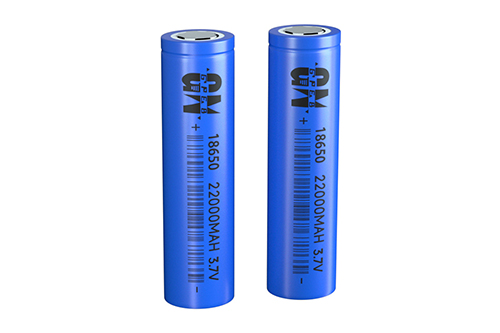
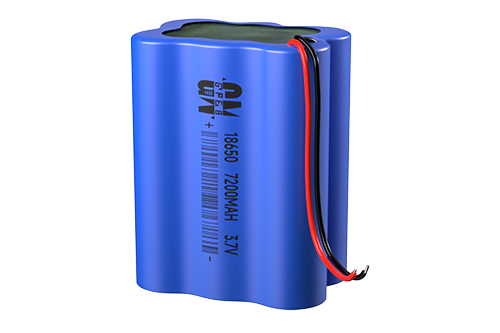

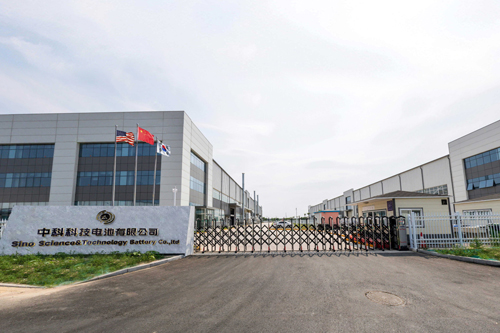

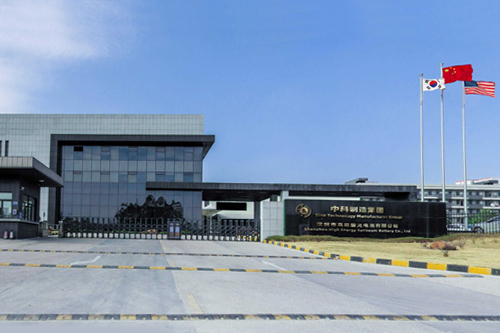

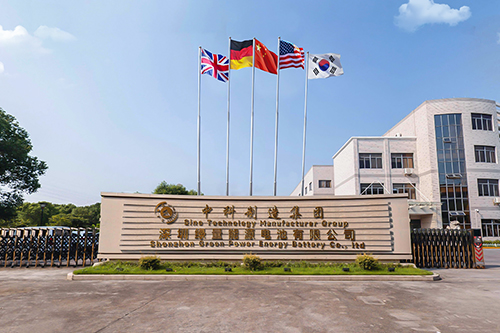

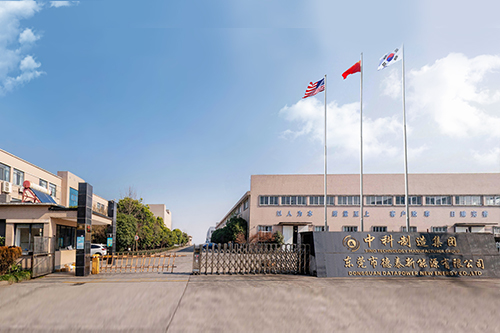

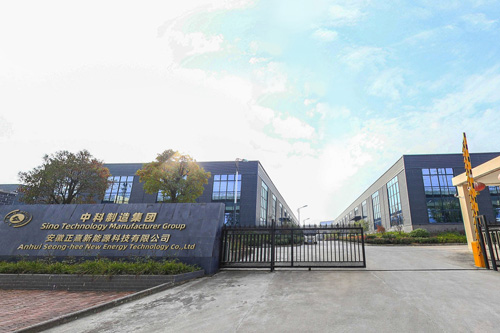

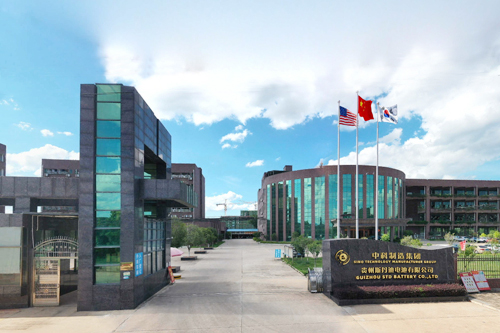

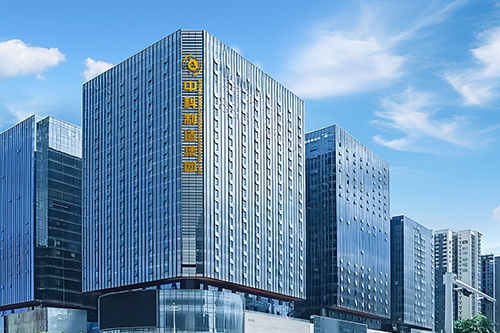




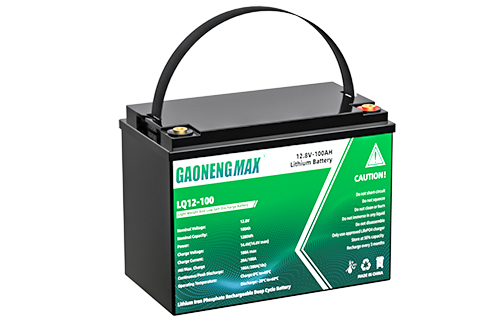
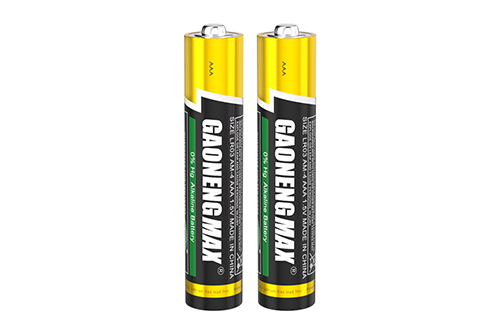

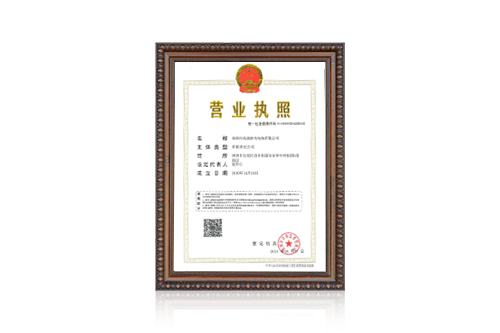
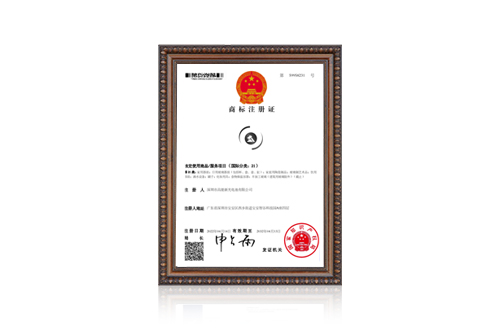
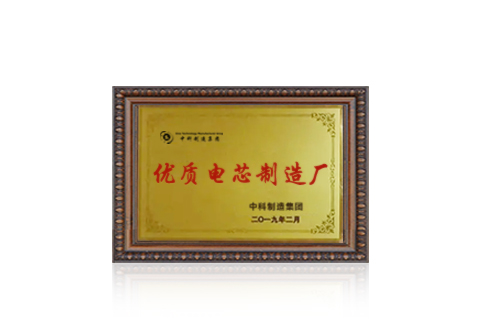
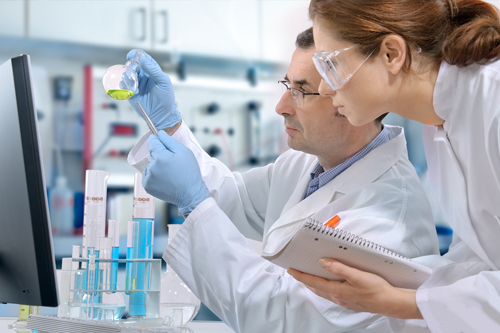
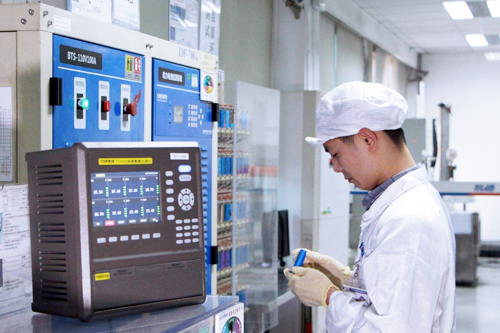















 360° FACTORY VR TOUR
360° FACTORY VR TOUR
 Whatsapp
Whatsapp
 Tel
Tel Email
Email TOP
TOP